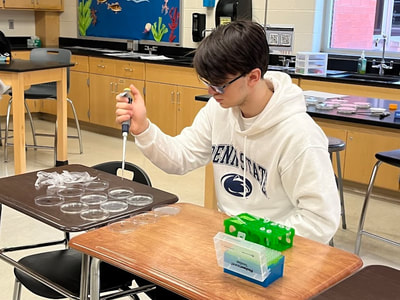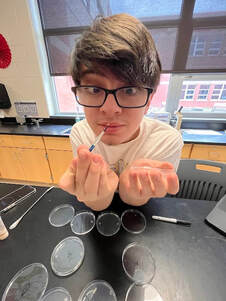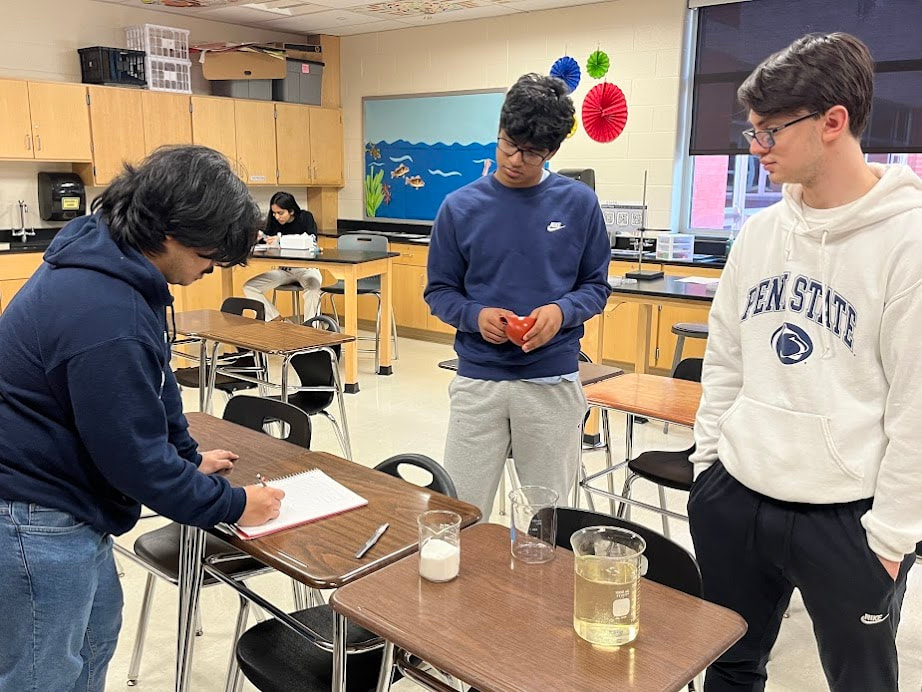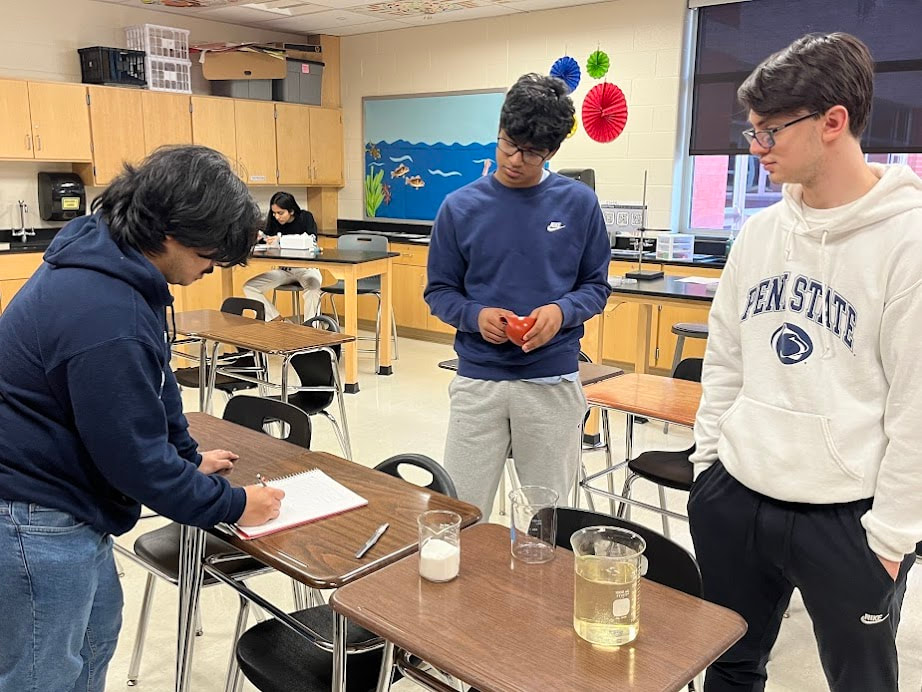|
Over the past two months, I’ve learned more than I ever could have imagined. From hands-on lab skills such as utilizing various micropipettes, to analyzing data, and even many public speaking skills, TRIP has allowed me to grow not only as an aspiring scientist, but as a person in general. One skill that I learned that I feel has benefited me throughout the program the most is condensing data and information under a time constraint. Throughout my academic career I have often struggled with this topic and through practice with my peers and instructors I have been able to improve by focusing on the things that are important to the overarching idea.  For my independent project I decided to test the effects of increased levels of caffeine on memory, specifically in developing animals. I was inspired to do this project due to the epidemic of caffeine that is present in teens in the United States. Many teens will take in an influx of caffeine through coffee, energy drinks, or pre-workout to combat the effect of constant sleep deprivation that is unfortunately common in most teens nowadays. A majority of these caffeine-addicted teens will take way over the recommended daily dosage of caffeine consumption (400 mg or about four cups of coffee) without realizing that there may be serious side effects. I wanted to bring awareness to these side effects and I decided to study the effect of increased levels of caffeine on memory due to many teens having to memorize abundant amounts of information to be successful in their classes. To test my experimental question, I set up four independent vials with increasing concentrations of caffeine: a control with no caffeine, a concentration of the recommended daily dosage, five times the concentration of the recommended daily dosage, and ten times the concentration of the recommended daily dosage. After seven days of living in an environment rich in caffeine concentrations, I extracted ten larvae from each vial and cleaned them off in water to remove any excess food. By doing this I’m motivating the larvae to seek out food. I would then place the larvae into an agar plate with sugar and a banana scent on it. Putting a banana scent on the sugar plate allowed me to associate sugar (food) with the scent. I would also place the same larvae into a plate without sugar and with a pineapple scent to associate no food with a pineapple scent. I would repeat this action three times per plate until I would place the larvae in a plate with no sugar, but both the banana and pineapple scent on the plate. If the larvae went to the side with the banana scent this would mean that their memory was intact and if they went to the pineapple scent it would mean the larvae’s memory was not intact. I would then analyze where the larvae were after one minute and five minutes.  Through one minute I saw that the recommended daily dosage of caffeine had the highest rate of larvae with a memory intact compared to any of the other groups, but as time progressed through five minutes, the control group started to match the pace of the recommended daily dosage of caffeine, being only slightly lower. The higher levels of caffeine consumption performed lower than either of the other groups over both time periods proving that increased levels of caffeine can have negative effects on the human body, specifically the brain. Overall, TRIP Initiative has been such a positive experience and I’ve learned and practiced things that will benefit me in my distant and immediate futures as I major in Biotechnology at Penn State next year where I’m sure I will utilize the skills I learned in TRIP. I’d like to thank Dr. Purdy, Dr. Leystra, Fox Chase Cancer Center, our wonderful TA’s Austin, Jenan, and Keith and my TRIP classmates for giving me this opportunity.
0 Comments
Your comment will be posted after it is approved.
Leave a Reply. |
Archives
April 2024
Categories
All
|



 RSS Feed
RSS Feed